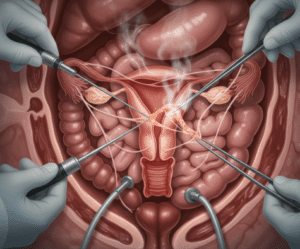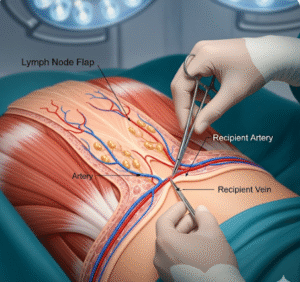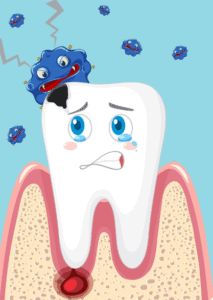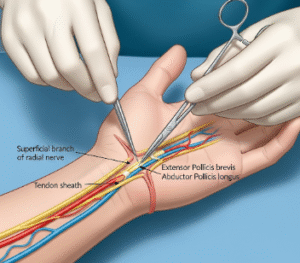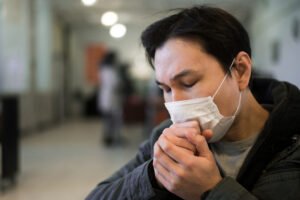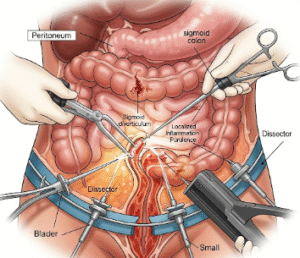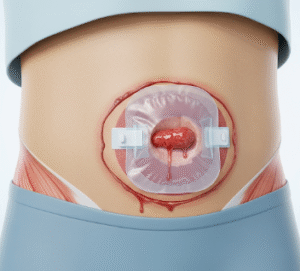What it is
➝ Chronic urticaria (CU) is defined as the presence of hives (wheals), with or without angioedema, persisting for more than 6 weeks.
➝ It may occur spontaneously (chronic spontaneous urticaria – CSU) or be triggered by physical factors (inducible urticaria: cold, pressure, cholinergic, heat, vibration).
➝ Symptoms include itchy, red, raised wheals that appear and disappear within 24 hours, often accompanied by swelling in deeper tissues.
➝ The condition is not life-threatening but significantly impairs quality of life due to itching, discomfort, poor sleep, and psychological stress.
➝ In Korea, management of chronic urticaria follows international guidelines (EAACI/GA²LEN/WAO) with structured stepwise treatment.
Why it’s done
→ To relieve itching and hives that interfere with daily life.
→ To prevent angioedema attacks, which may cause pain and swelling of lips, eyelids, hands, or airway.
→ To improve sleep, work performance, and psychological well-being.
→ To reduce unnecessary emergency visits caused by flare-ups.
→ In Korea, chronic urticaria management emphasizes long-term control with minimal medication burden.
Alternatives / Stepwise Treatment Strategy
→ Step 1: Standard therapy
- Non-sedating second-generation H1 antihistamines (cetirizine, loratadine, fexofenadine, bilastine).
- Taken once daily at standard dose.
→ Step 2: Increased dosing
- If symptoms persist, dose may be increased up to 4 times the standard dose (high-dose antihistamine strategy).
→ Step 3: Add-on therapy
- Omalizumab (anti-IgE monoclonal antibody), given as subcutaneous injections every 4 weeks.
- Cyclosporine (immunosuppressant) in resistant cases.
→ Step 4: Adjunct therapies
- Leukotriene receptor antagonists (montelukast).
- H2 antihistamines (ranitidine/famotidine, though less used now).
- Short courses of oral corticosteroids for severe flares only.
→ Lifestyle and avoidance
- Identify and avoid triggers (NSAIDs, alcohol, stress, infections).
- Treat comorbidities (thyroid disease, H. pylori if present).
Preparation
→ Clinical evaluation including history of onset, frequency, triggers, and family history.
→ Blood tests may be done in persistent or atypical cases: thyroid antibodies, infection screening, inflammatory markers.
→ Patients are counseled that most cases resolve spontaneously within 1–5 years, though some persist longer.
→ In Korea, dermatologists often use UAS7 (Urticaria Activity Score over 7 days) to monitor severity and response to treatment.
How it’s Done
→ Patients start with a daily non-sedating antihistamine.
→ If no control within 2–4 weeks, dose escalation is recommended (up to 4x standard).
→ If still uncontrolled after high-dose antihistamines, omalizumab injections are introduced.
→ For resistant patients, cyclosporine is prescribed under close monitoring.
→ Korean clinics often use stepwise algorithms, adjusting therapy every 2–4 weeks depending on control.
Recovery
→ With proper treatment, most patients achieve good symptom control within weeks.
→ Quality of life improves significantly once itching and hives are reduced.
→ Long-term remission is possible; many patients experience spontaneous resolution after months to years.
→ Patients on omalizumab often see dramatic improvement within the first 2–3 injections.
Complications
→ Uncontrolled urticaria: Persistent itching, swelling, poor sleep, anxiety, and depression.
→ Medication risks:
- High-dose antihistamines may cause mild drowsiness in some patients.
- Cyclosporine may cause kidney or blood pressure problems if used long-term.
- Corticosteroid overuse can cause systemic side effects.
→ Angioedema: Rarely, airway swelling may require emergency treatment.
Treatment Options in Korea
→ In Korea, chronic urticaria is managed in dermatology, allergy, and immunology clinics using international stepwise protocols.
→ Non-sedating antihistamines are widely available, with bilastine and fexofenadine frequently used for minimal drowsiness.
→ Omalizumab is accessible in specialized clinics and is commonly prescribed for antihistamine-resistant cases.
→ Korean hospitals emphasize structured follow-up, often using digital health tools and symptom diaries.
→ Adjunctive care includes stress management, dietary counseling, and skincare routines with gentle cleansers and moisturizers to reduce irritation.
→ With Korea’s modern treatment options, patients benefit from personalized plans combining medications, lifestyle advice, and psychological support, ensuring effective long-term control.





